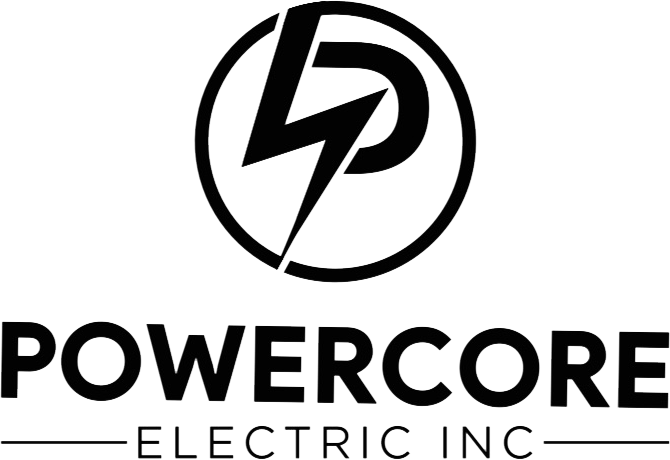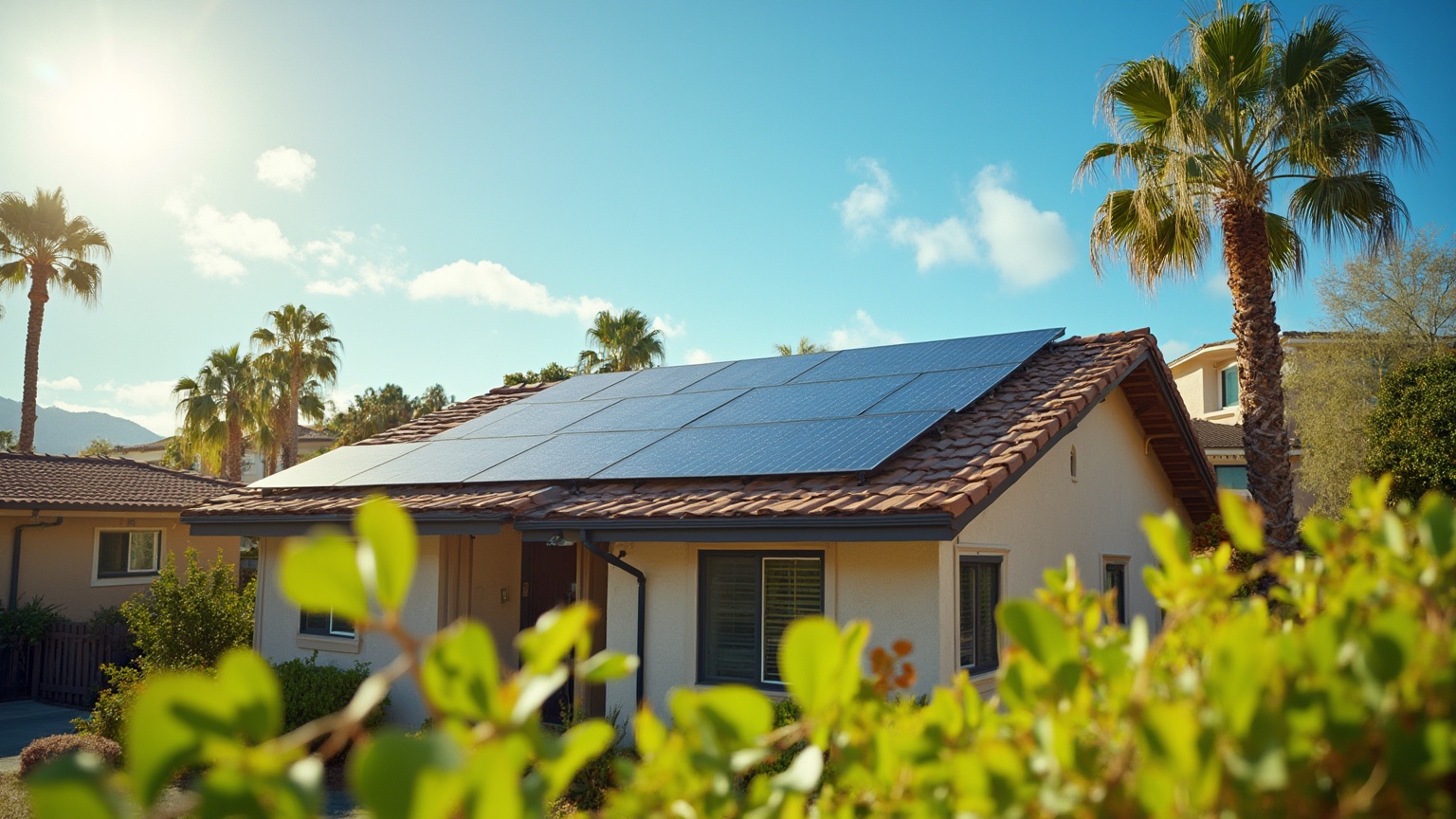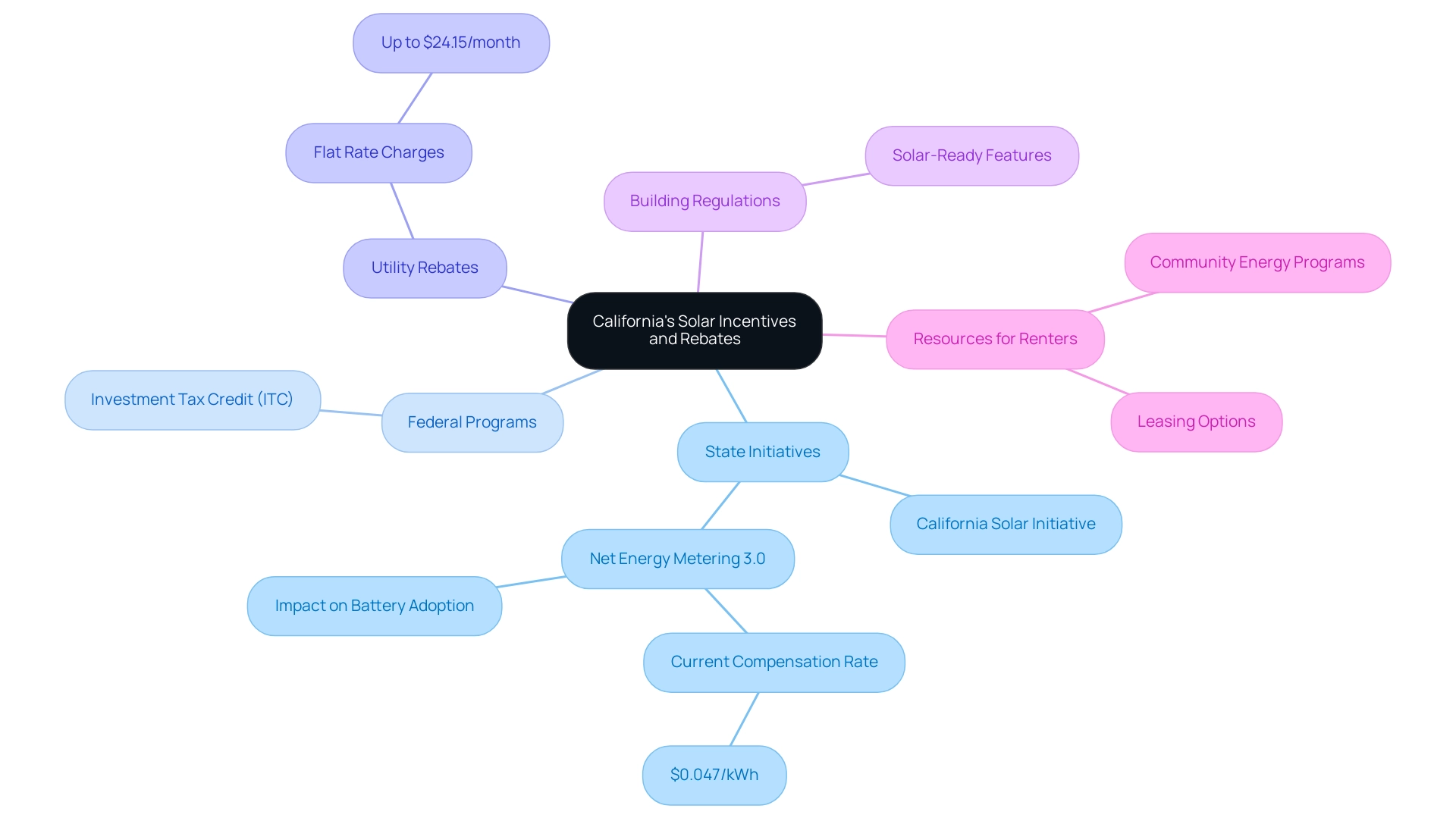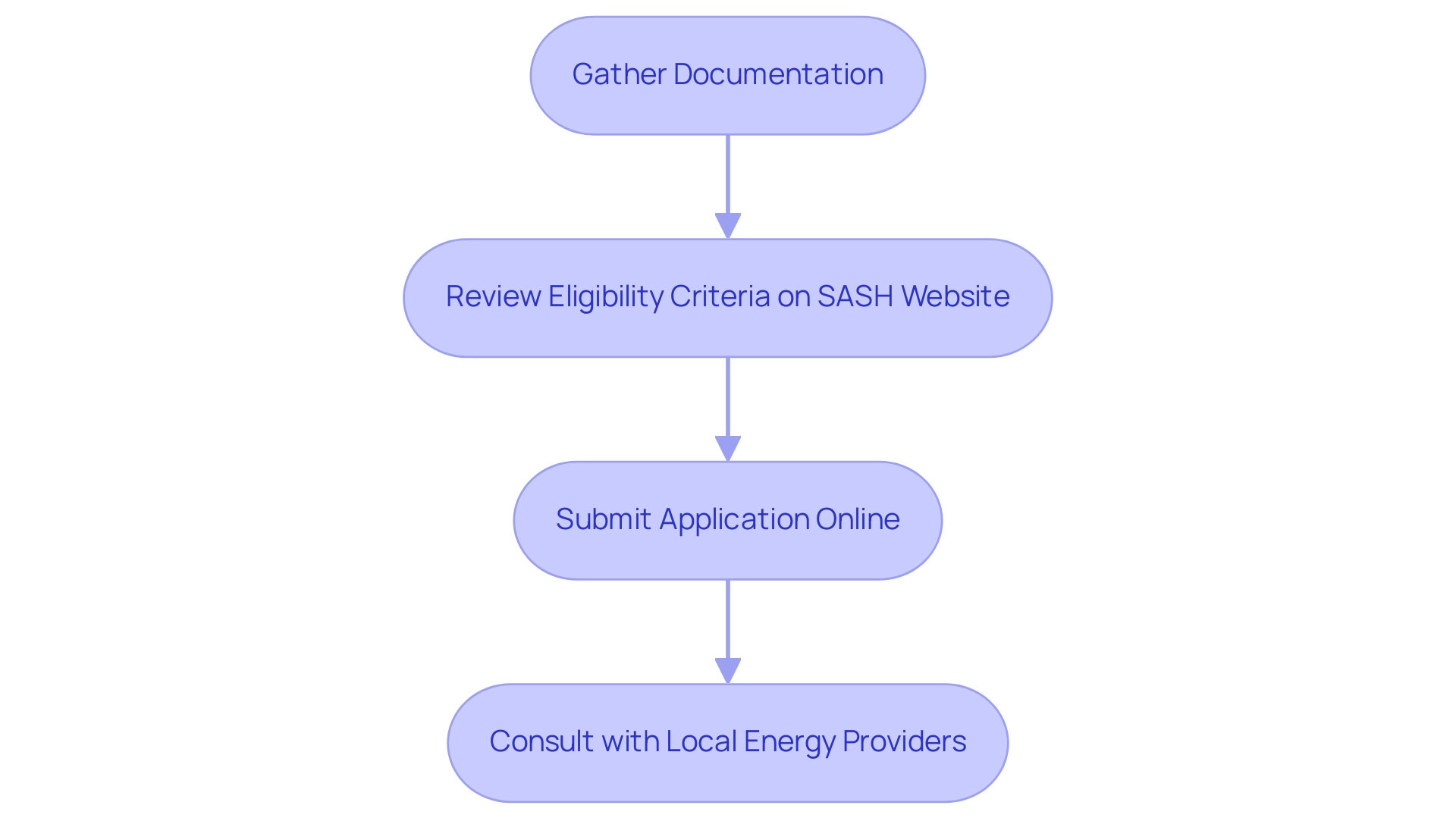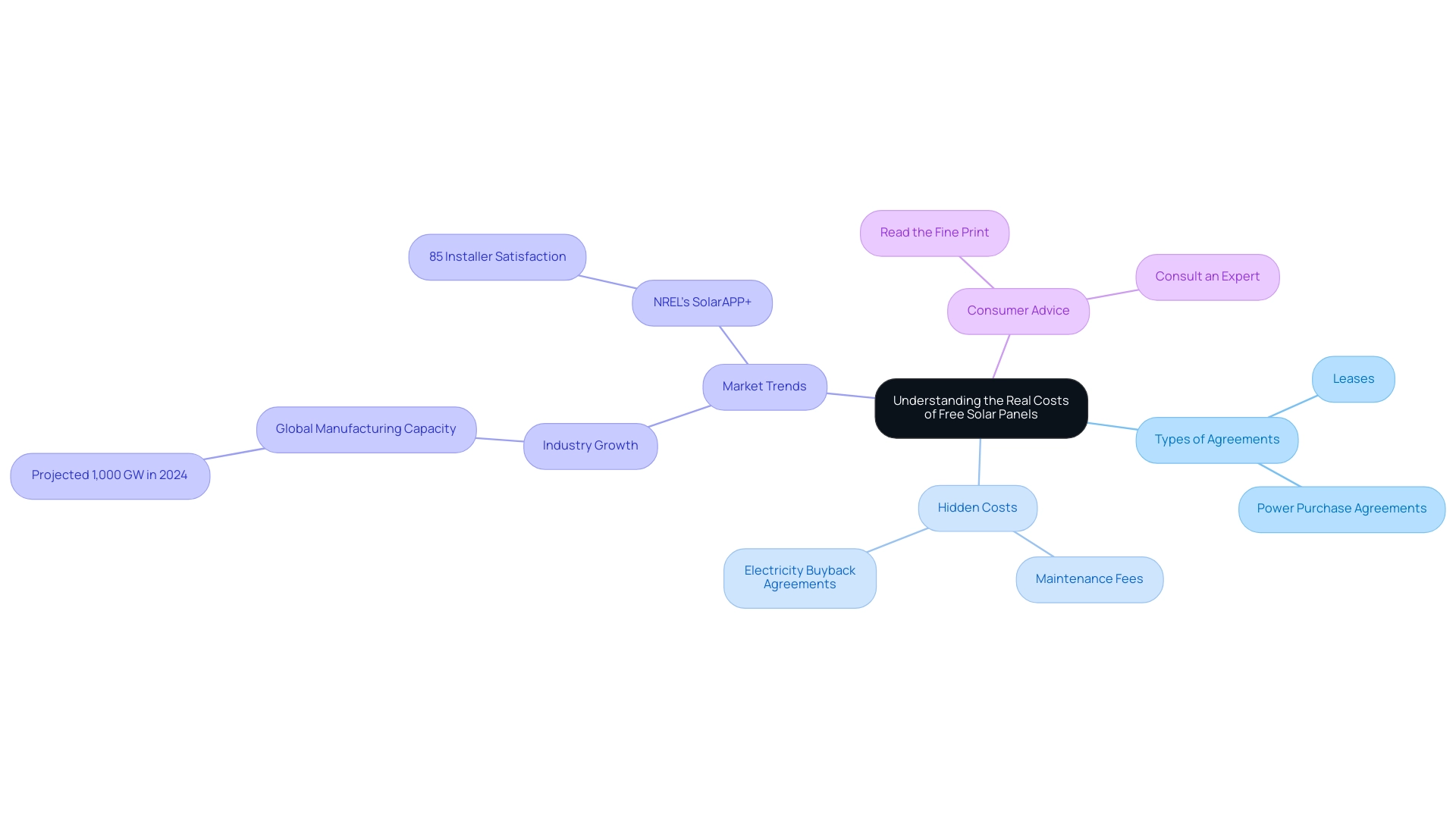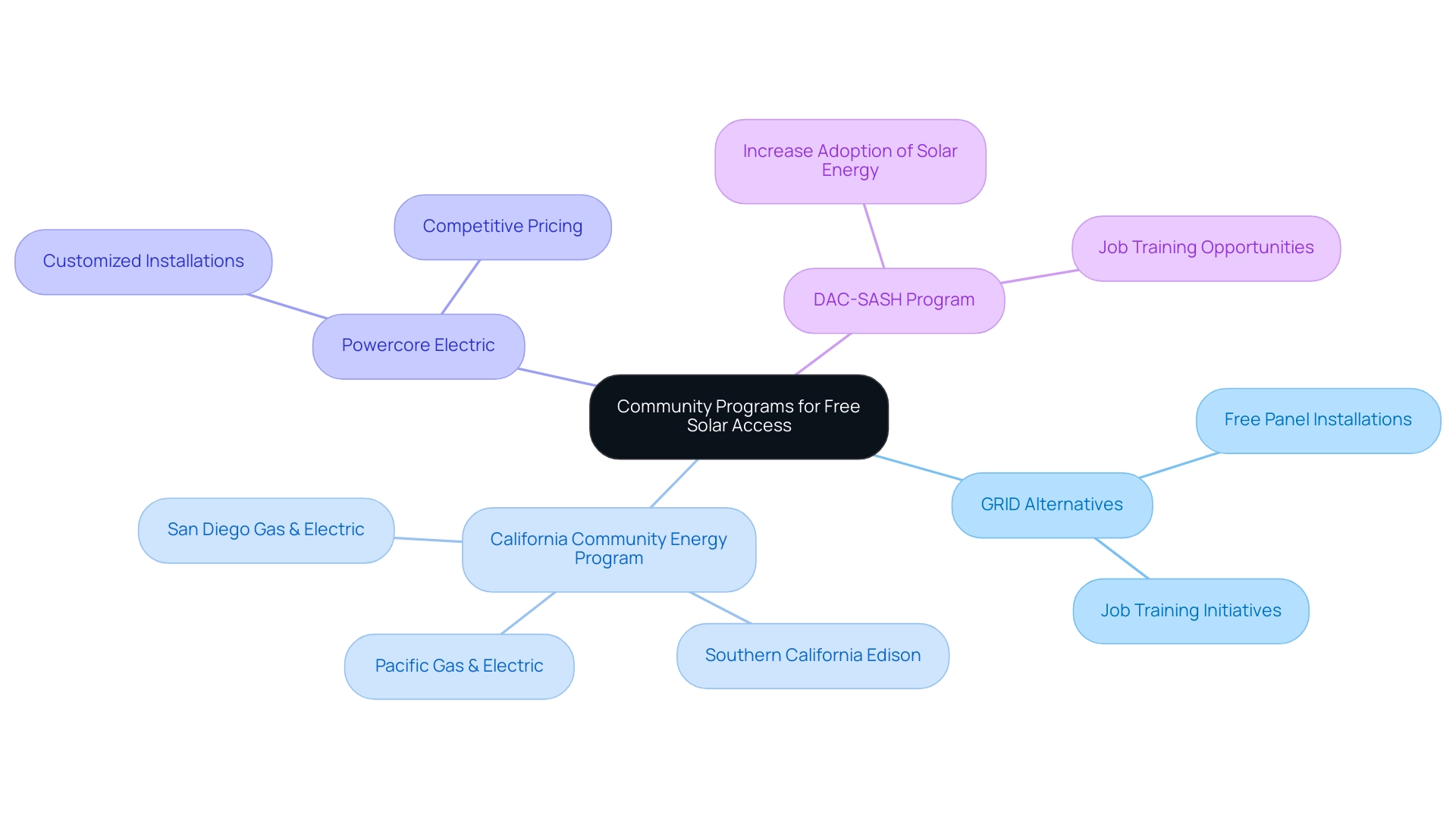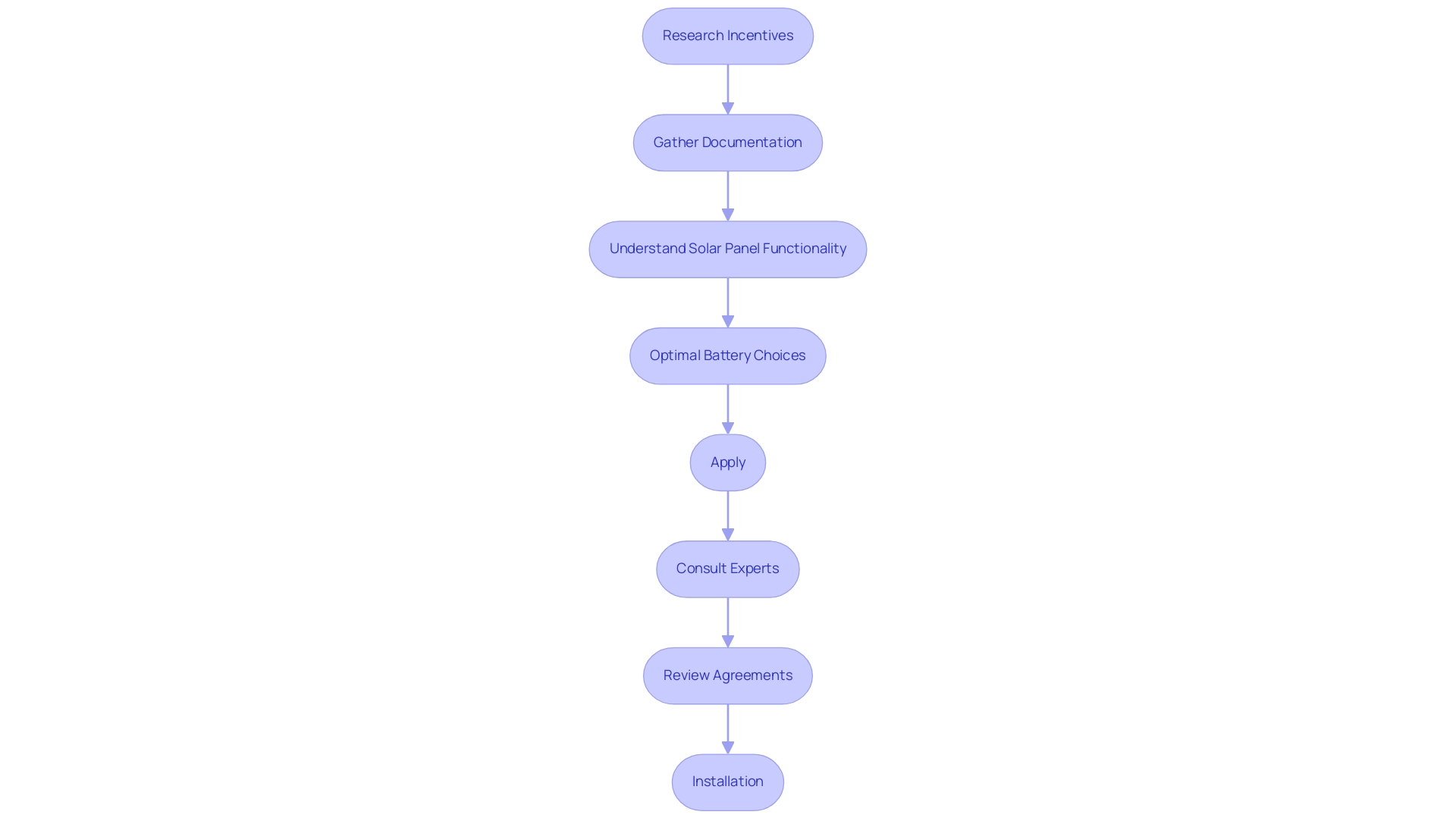Overview
You can potentially get solar panels for free in California through various state and federal programs designed to assist low-income families and promote renewable energy adoption. The article outlines several initiatives, such as the Single-family Affordable Solar Homes (SASH) program and community energy programs, which provide free installations and financial incentives, while also emphasizing the importance of understanding eligibility criteria and the application process to maximize benefits.
Introduction
California shines brightly as a beacon for homeowners eager to embrace solar energy, offering a wealth of incentives and rebates that can turn the dream of renewable energy into reality. With programs like the California Solar Initiative paving the way for significant savings, residents can navigate the path to affordable solar installations with confidence.
From federal tax credits to local utility rebates, the options are plentiful, but understanding the nuances of these programs is key. As homeowners explore the potential of solar power, they’ll also discover valuable community initiatives designed to make solar access more equitable, especially for low-income families.
This article serves as a comprehensive guide, illuminating the steps to harness California’s solar incentives, ensuring that anyone can take advantage of the sun’s power while contributing to a sustainable future.
Exploring California’s Solar Incentives and Rebates
If you’re a property owner in the Golden State contemplating renewable energy, you’re fortunate! The state offers a wealth of incentives and rebates, leading to the question: can you get solar panels for free in California? One notable initiative is the Solar Initiative (CSI), which offers cash rebates to help ease the burden on your wallet.
As the California Initiative states, ‘In 2024, can you get solar panels for free in California by utilizing panel incentives and rebates to reduce installation costs and enjoy affordable, stable electricity bills?’ Additionally, don’t forget about the federal Investment Tax Credit (ITC), which allows you to deduct a significant chunk of your installation costs from your federal taxes—talk about a bonus! Many utility companies also jump on board with their own rebate programs, further slashing those upfront costs.
It’s also essential to understand the impact of Net Energy Metering 3.0 (NEM 3.0), which has adjusted compensation rates for homeowners sending power back to the grid, currently valued at about $0.047/kWh.
This shift emphasizes the need for homeowners to consider battery storage solutions to maximize their energy investment. Battery storage not only enables you to store surplus power for use during peak times but also boosts your independence, effectively decreasing your dependence on the grid and enhancing your overall savings.
California’s building regulations have also been pivotal in promoting renewable power adoption, as they raise the question of whether can you get solar panels for free in California by requiring that new homes include solar-ready features, which eases the installation process and motivates more homeowners to transition.
For those in Long Beach or surrounding areas, accessing renewable power is more attainable than ever, with resources available specifically for renters and homeowners alike. Renters can explore community energy programs or leasing options that allow them to benefit from renewable energy without needing to install panels on their property. To discover all the exciting incentives available, be sure to check out the Public Utilities Commission (CPUC) website.
It’s a fantastic resource for detailed information on how to apply and maximize your savings. With the right guidance, you can make your energy journey both cost-effective and rewarding!
Eligibility and Application Process for Free Solar Panels
If you’re thinking about utilizing complementary energy panels in the state, maneuvering through the process effortlessly is crucial. First, understanding that eligibility typically hinges on your household income and location is crucial. Initiatives such as the Single-family Affordable Solar Homes (SASH) scheme address the question of can you get solar panels for free in California by providing free solar installations for low-income families, making renewable energy more accessible and advantageous.
These systems can yield over $65,000 in lifetime savings while contributing to a greener future. Notably, lawmakers in the state are committed to increasing electricity generated from zero-carbon sources, which aligns perfectly with the goals of the SASH program.
To get started, follow these steps:
- Gather your documentation, including proof of income and residency.
- Visit the SASH program’s website to review eligibility criteria.
- Submit your application online, ensuring all required information is included.
A compelling example of the advantages of renewable energy can be seen in the case study ‘Going Green in San Diego,’ where families have enjoyed significant savings—up to 70% on their energy bills—thanks to California’s ample sunshine and high electricity prices. Additionally, don’t forget to consult with local energy providers—they can offer invaluable assistance with the application process and ensure you meet all requirements. With such strong legislative support and proven success stories, now is the perfect time to explore whether you can get solar panels for free in California and make a positive impact on your wallet and the environment!
Understanding the Real Costs of ‘Free’ Solar Panels
It’s tempting to jump on the opportunity of ‘free’ energy panels, but before deciding, can you get solar panels for free in California? It’s crucial to dig a little deeper. While these programs sound appealing, hidden costs often lurk beneath the surface. For instance, maintenance fees and potential electricity buyback agreements might sneak up on you.
Many of these offers come in the form of leases or Power Purchase Agreements (PPAs), meaning you won’t own the panels outright. This can lead to monthly payments that chip away at your savings. Solar panel systems generally require little maintenance, making leases less beneficial compared to $0-down loans, which can provide greater long-term financial advantages.
As Ross Williams, owner of HES Solar, points out,
‘We sold 600 deals in the first quarter of the year and in the month of May we made one deal. That’s how dramatic it was; the disruption was so insane.’
This highlights the current landscape of the energy market and emphasizes the importance of understanding your options.
Additionally, with 85% of installers using NREL’s SolarAPP+ permitting software reporting that it significantly eases the permitting process, this is an important consideration for potential adopters of renewable energy. The global manufacturing capacity of photovoltaic technology is projected to reach nearly 1,000 GW in 2024, indicating substantial growth in the industry that may influence your decision-making process. Furthermore, as the costs of residential renewable energy and storage systems continue to decline, the economic appeal for renters increases, making it essential to consider these factors.
Before signing on the dotted line, take the time to read the fine print and consider consulting with an energy expert. They can help you evaluate the long-term financial implications and ensure you choose the path that best suits your needs, whether that’s leasing or ownership. It’s also important to align your storage capacity and power specifications with your household electricity requirements for effective resource management and sustainability.
Furthermore, investigate accessible governmental initiatives and incentives to find out if you can get solar panels for free in California, which can further improve the financial feasibility of your energy investment.
Community Programs Supporting Free Solar Access for Low-Income Families
In California, numerous community initiatives are focused on assisting environmentally aware homeowners, especially low-income families, utilize the benefits of renewable energy. One notable organization is GRID Alternatives, which answers the question of whether you can get solar panels for free in California by providing free panel installations to qualified households. Beyond installations, they also offer valuable job training initiatives in renewable energy technology, empowering residents with skills for well-paying positions in the expanding energy sector.
Additionally, California’s community energy program allows customers of Pacific Gas & Electric, Southern California Edison, and San Diego Gas & Electric to participate, making access to renewable energy even more attainable. Local non-profits frequently collaborate with energy companies, including Powercore Electric, to offer subsidized installations tailored to community needs. Powercore Electric offers customized installations aimed at fulfilling the distinct power needs of homeowners, ensuring optimal efficiency and savings.
If you’re interested in these opportunities, a great first step is to ask, can you get solar panels for free in California, by reaching out to your local community action agency or visiting the GRID Alternatives website. There, you can explore the variety of offerings available and learn how to apply. Moreover, the DAC-SASH program, authorized by the California Public Utilities Commission, seeks to boost the uptake of clean, affordable renewable resources among residential clients in underserved areas, incorporating job training opportunities into photovoltaic projects.
These initiatives not only make renewable resources more accessible but also create a positive ripple effect in our communities, aligning with the sustainable mission of Powercore Electric. For homeowners contemplating energy alternatives, Powercore Electric also provides competitive pricing and various incentives to make the shift to renewable sources more affordable.
Step-by-Step Guide to Securing Free Solar Panels in California
Obtaining complementary photovoltaic panels in the state can feel overwhelming, but with a clear strategy, you can make the process easy and uncomplicated. Here’s a friendly step-by-step guide to help you get started:
-
Research Incentives: Begin by exploring the state and federal incentives available for renewable energy installations.
The California Public Utilities Commission (CPUC) offers important details on initiatives, including the new Solar Billing Plan for rooftop energy applications that can help reduce your expenses.
Check Eligibility: Determine if you qualify for programs like the Single-family Affordable Solar Homes (SASH) initiative or local community initiatives aimed at supporting low-income households. For instance, if you reside in a top 25% disadvantaged community, the income limit is $39,440, which may open the door to additional benefits.
-
Gather Documentation: Collect essential documents, such as proof of income and residency. If you’re in a disadvantaged community, you might qualify for higher adder rates, making the process even more advantageous for you.
-
Understand Solar Panel Functionality: Solar panels work by converting sunlight into electricity through photovoltaic cells.
When sunlight hits these cells, it generates direct current (DC) electricity, which is then converted to alternating current (AC) electricity by an inverter, making it usable for your home. This process not only reduces your electricity bills but also contributes to a cleaner environment.
-
Optimal Battery Choices: Consider installing a battery storage system to maximize the benefits of your solar panels.
Batteries store excess energy generated during the day for use during the night or during power outages. Popular options include lithium-ion batteries, which offer high efficiency and longer life spans, and lead-acid batteries, which are more affordable but have shorter lifespans.
-
Apply: Once everything is in place, submit your application to the relevant program or organization.
Many organizations are ready to assist you through this process. For example, the Self-Generation Incentive Program (SGIP) offers rebates for homeowners who install batteries that can provide power during outages, particularly benefiting low-income households and those in high-fire-risk areas.
-
Consult Experts: Reach out to local energy providers for expert advice and assistance.
They can help clarify any questions and guide you on the best options tailored to your needs.
-
Review Agreements: Before signing any contracts or agreements, read through the documents carefully. Understanding the terms and potential costs is crucial to avoid surprises later on.
-
Installation: Once your application is approved, schedule your installation and prepare to enjoy the numerous benefits of renewable energy.
By following these steps, you can increase your chances of securing free panels, which raises the question: can you get solar panels for free in California while also contributing to the increasing demand for sustainable energy? As the solar industry aims to add hundreds of gigawatts of new capacity in the next decade, your efforts truly matter!
Conclusion
California’s commitment to solar energy presents an incredible opportunity for homeowners to embrace renewable power while significantly cutting costs. With programs like the California Solar Initiative and federal tax credits, the path to affordable solar installations is clearer than ever. Understanding the nuances of these incentives, including Net Energy Metering 3.0 and community programs, empowers homeowners to maximize their savings and energy independence.
For those considering free solar panels, it’s essential to navigate the eligibility process carefully and be aware of potential hidden costs tied to leasing or Power Purchase Agreements. The journey to solar energy doesn’t have to be daunting; local organizations like GRID Alternatives and community initiatives are here to help, making solar access more equitable and beneficial for low-income families.
By following a structured approach to securing solar benefits, homeowners can not only reduce their energy bills but also contribute to a sustainable future. As California continues to lead the charge in renewable energy, taking action now can create lasting impacts for both individuals and communities. Embracing solar power is more than just an investment in your home; it’s a step towards a greener planet for generations to come.
